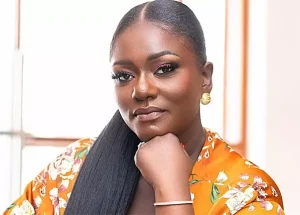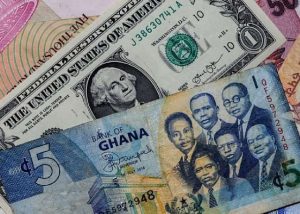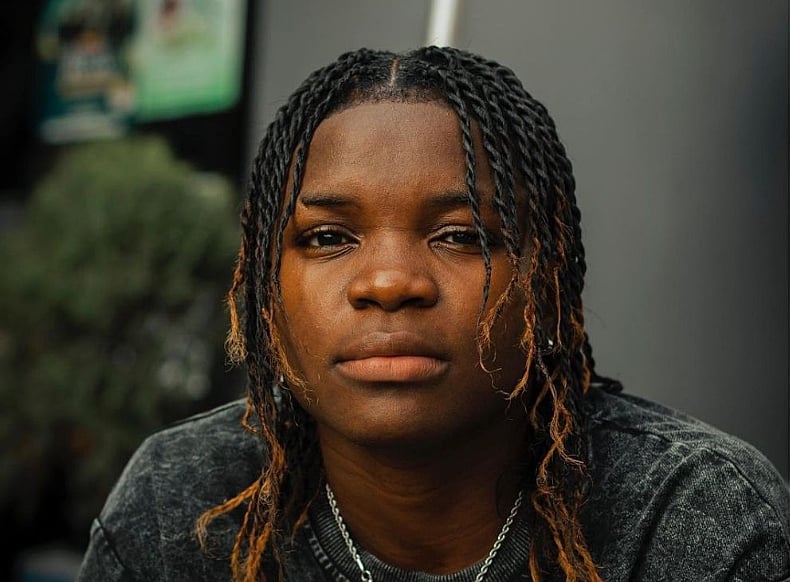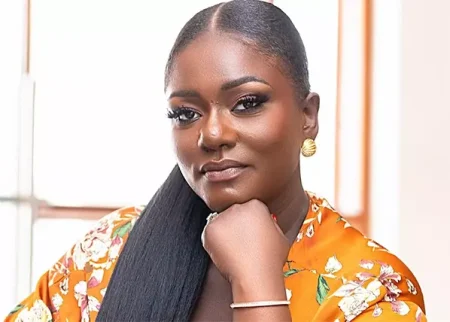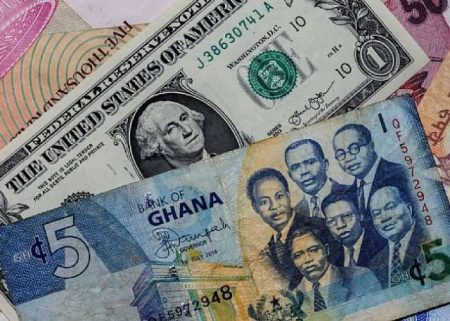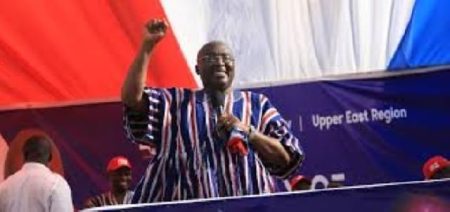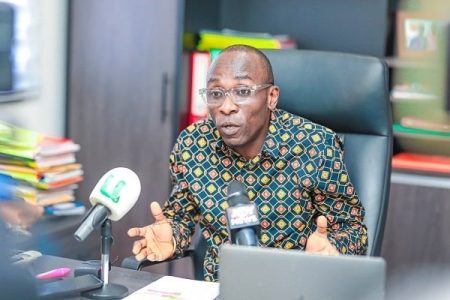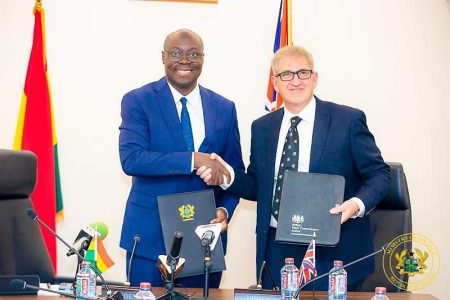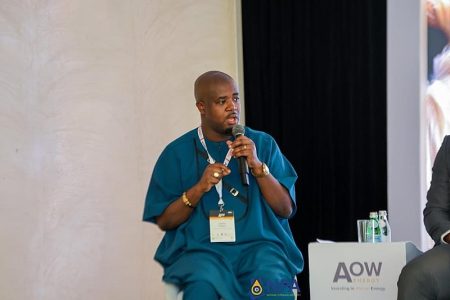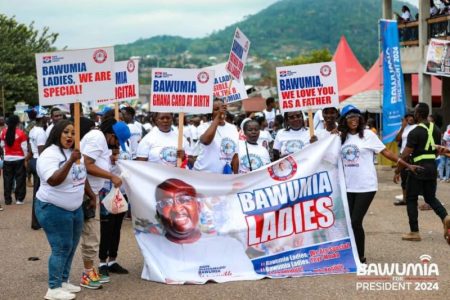Endurance Grand, a prominent Ghanaian dancer and TikTok influencer, is advocating for the establishment of a dance category within the prestigious Telecel Ghana Music Awards (TGMAs). She argues that dancers are integral to the music industry, contributing significantly from the initial creative stages of a song to its promotion through music videos and online platforms. Their involvement extends beyond mere performance; they actively shape the visual narrative of music, often creating the signature moves that become synonymous with popular tracks. This multifaceted contribution, Endurance contends, warrants formal recognition within the Ghanaian music awards landscape. She believes it’s time for the industry to acknowledge the artistic merit and essential role dancers play in the success of musical artists and the industry as a whole.
Endurance’s advocacy highlights the evolving role of dance within the music ecosystem. Dancers are no longer just background performers; they are creative collaborators, trendsetters, and influencers in their own right. They contribute significantly to the overall impact and reach of a musical piece, often driving viral trends and generating significant online engagement. In the digital age, where music videos and social media platforms are primary avenues for music consumption, the choreography and visual presentation are as crucial as the music itself. Endurance emphasizes that dancers, through their artistry and innovation, significantly enhance the audience’s experience and contribute to the commercial success of musical works.
Speaking on the “Talk No Dey Cook Rice” podcast, Endurance emphasized the need for industry-wide support for her initiative. She highlighted the dedication and hard work that goes into creating dance routines for music videos and live performances, often requiring extensive rehearsals and creative input. Dancers, she argued, deserve more than a fleeting mention on social media; they deserve formal recognition for their artistic contributions. Her call to action is directed not only to the organizers of the TGMAs but also to fellow dancers, musicians, and other stakeholders within the Ghanaian music industry. She urges a collective effort to elevate the status of dance and ensure its proper acknowledgment within the awards framework.
Furthermore, Endurance’s advocacy underscores the economic realities for dancers in the music industry. While dance is often a passion-driven pursuit, it has also become a viable source of income for many professionals. Through music video appearances, live performances, and online content creation, dancers are carving out careers and contributing to the creative economy. However, Endurance notes a stark contrast between the recognition and compensation afforded to musicians and dancers. While musicians receive royalties for their work, dancers often receive no such benefits, even when their choreographic creations are widely imitated and incorporated into other performances. This disparity, she argues, highlights the urgent need for industry reform and a more equitable system that recognizes the intellectual property and economic contributions of dancers.
Endurance clarifies that her call for recognition is not primarily about monetary gain but about respect and acknowledgement for the artistic value of dance. She stresses the importance of placing dancers in the appropriate categories within award ceremonies, acknowledging their creative contributions to the music industry. While financial compensation for the use of choreography is a separate issue that needs addressing, the immediate focus is on achieving formal recognition. This, she believes, is a fundamental step towards validating the profession of dance and ensuring that dancers receive the respect and acknowledgement they deserve. The symbolic importance of being nominated and potentially winning an award, she argues, would significantly enhance the visibility and perceived value of dance within the broader cultural landscape.
Endurance’s advocacy resonates with the broader conversation surrounding intellectual property rights and fair compensation for creative professionals in the digital age. While the music industry has established systems for recognizing and rewarding songwriters and performers, the contributions of dancers and choreographers often go unacknowledged. Her call for a dedicated dance category at the TGMAs represents a crucial step towards addressing this imbalance and ensuring that all contributors to the creative process receive appropriate recognition. This initiative has the potential to set a precedent for other music awards and contribute to a more equitable and inclusive industry that values the contributions of all its creative stakeholders. The introduction of a dance category could also inspire a broader discussion about intellectual property rights for choreography and potentially lead to the development of mechanisms for compensating dancers when their work is used commercially.


